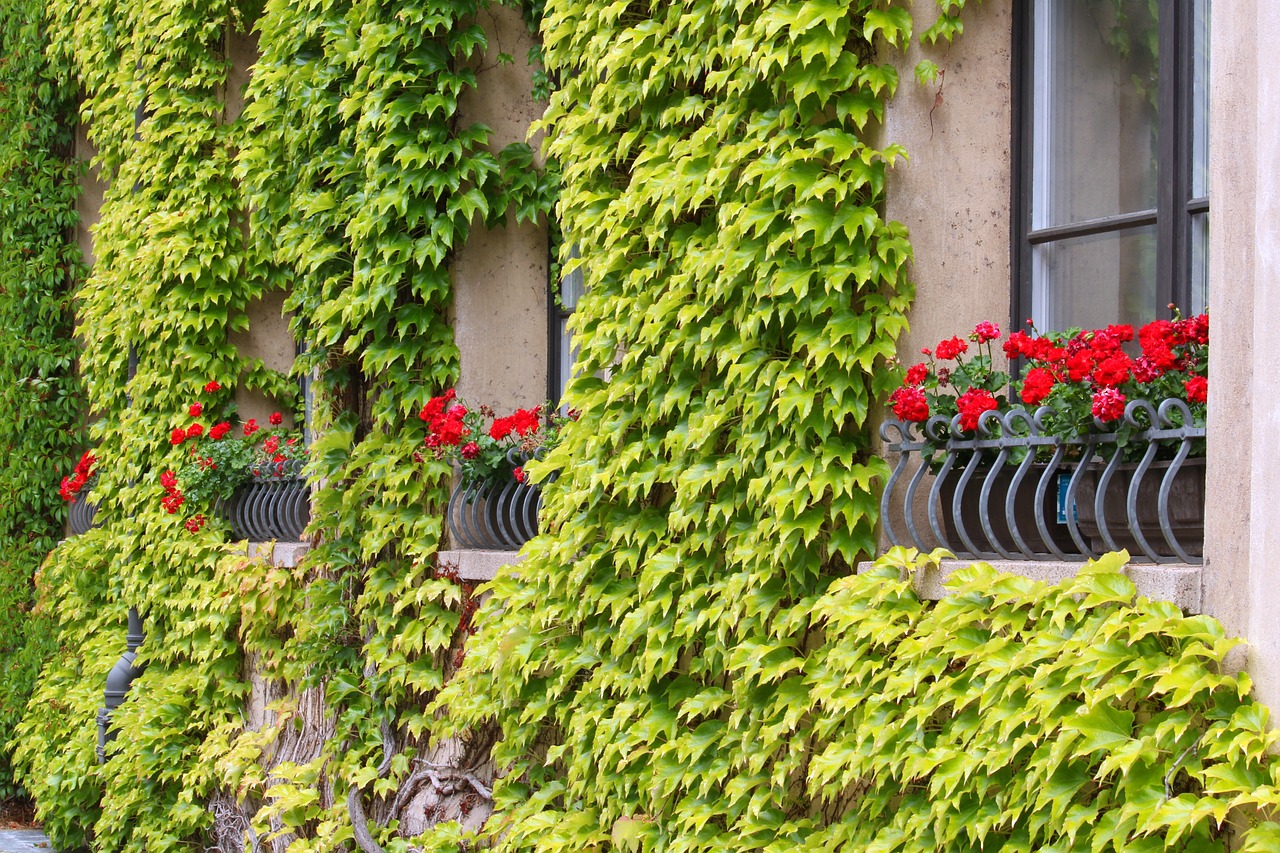Biophilic architecture is a unique approach to design that seeks to merge nature and design, creating beautiful spaces that are aesthetically pleasing and also promote well-being. By emphasizing the importance of connecting with nature in our lives, biophilic architecture helps us to feel more connected, relaxed and content in the buildings we inhabit. Despite its many benefits, there are a number of challenges associated with designing biophilic architecture, from finding the right materials and plants to overcoming technical and budgetary limitations. In this article, we explore these challenges and provide some tips for designing beautiful biophilic spaces.
Exploring the Concept of Biophilic Architecture
Biophilic architecture is a concept that explores the merging of nature and design to create aesthetically pleasing, comfortable, and sustainable buildings. The idea behind biophilic architecture is to bring natural elements into the built environment without sacrificing the function or form of a building. This approach can be seen in everything from rooftop gardens to living walls to green roofs. By incorporating elements of nature into the design process, biophilic architecture helps us to feel more connected and relaxed in the spaces we inhabit.
Overcoming Challenges of Designing Biophilic Architecture
Designing biophilic architecture is not without its challenges. Finding the right materials and plants that are both aesthetically pleasing and suitable for the space can be difficult. Additionally, there are often technical limitations such as drainage requirements and weight limits that must be taken into account. Finally, there is the added challenge of finding a budget that will allow for the incorporation of natural elements and materials.
Tips for Designing Beautiful Biophilic Spaces
Despite the challenges, creating beautiful biophilic spaces is possible with careful planning and consideration. Here are some tips for designing stunning biophilic architecture:
1. Inc orporate nature into the design process from the start.
2. Incorporate natural materials such as wood, stone, and clay into the design.
3. Consider incorporating green roofs or living walls into the design.
4. Take advantage of natural light to create a pleasant atmosphere in your space.
5. Choose plants that suit the space and climate you have available.
6. Utilize elements of nature such as water features or outdoor seating to create a connection to the outdoors.
7. Invest in technology that can help reduce energy consumption and promote sustainability.
The Therapeutic Benefits of Biophilic Architecture
By bringing nature into our daily lives, biophilic architecture can create healing spaces that promote physical and mental wellbeing.
Studies have shown that people who are exposed to nature on a regular basis experience improved physical and mental health. She can help to reduce stress, improve mood, and increase productivity. As such, it is an invaluable approach to design that has the potential to make our buildings more pleasing and comfortable places to inhabit.
How Biophilic Design Supports Ecological Balance
As modern society increasingly moves away from the outdoors and into an ever-growing built environment, biophilic design offers a way to counterbalance human development with the natural environment. By emphasizing the integration of green space, organic materials, and natural light sources, she enables us to create vibrant living and working spaces that are both aesthetically pleasing and ecologically sound.
Innovations in Biophilic Architecture
In recent years, innovations in biophilic architecture have been growing as more and more people become aware of the need to reconnect with nature. Biophilic architecture is a type of design that seeks to bridge the gap between the built environment and nature by incorporating elements of nature within it. This can be done in a variety of ways, from utilizing natural materials like wood and stone, to bringing plants into the design, to incorporating natural light sources. As technology continues to advance, there is a growing number of innovative biophilic architecture projects being undertaken throughout the world.
Overcoming Challenges in Implementing Biophilic Design
This type of architecture has become increasingly popular as it provides numerous benefits to occupants, such as reduced stress levels, improved well-being, and increased productivity. However, there are a few challenges that must be addressed in order to successfully implement biophilic design.
Conclusion
Biophilic architecture is an innovative approach to design that brings elements of nature into the modern built environment. By creating healing spaces that promote physical and mental wellbeing, biophilic architecture is an invaluable approach to sustainable design. Additionally, it serves as a tool to support ecological balance, as it enables us to create living and working spaces that are both aesthetically pleasing and ecologically sound. With careful planning and consideration, biophilic architecture can overcome the challenges of design in order to create beautiful, sustainable spaces.
